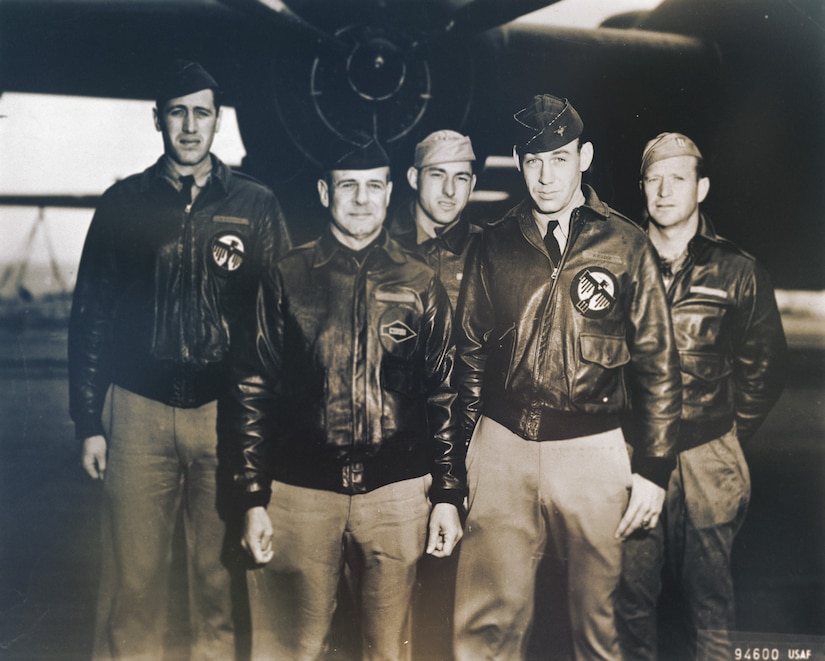April 18, 2020 | BY David Vergun , DOD News
The April 18, 1942, Doolittle Raid on Japan early in WorldWar II bolstered American spirits just months after the surprise attack on
Pearl Harbor and the loss of the U.S. territories of Guam and the Philippines.
The other goals of the mission were to bomb Japanese war
industries and to lower the morale of the Japanese people.
The problem was that the U.S. didn't have long-range
strategic bombers that could take off from Hawaii on their bombing run to Japan
and then return. So with the help of the Navy, a plan was hatched.
The Army Air Force's North American B-25B Mitchell was
selected as the best bomber available that could take off from an aircraft
carrier. The commander of the raid, Army Lt. Col. Jimmy Doolittle, planned to
fly his squadron from a carrier to the Soviet city of Vladivostok after the
bombing run.
But they would not return to the carrier. B-25B tests showed
that it had difficulty landing on the deck of a carrier, as it was meant to be
a land-based runway aircraft. Also, the carrier group could get out of harm's
way quickly enough, as enemy planes and ships were anticipating such an attack
and had positioned vessels at sea to spot U.S. warships. The bombers also
lacked radar.
Although the Soviet Union was a U.S. ally against Germany,
it had signed a nonaggression pact with Japan, so it declined an offer to
participate.
To get within range of Japan, the plan was to sail the
carrier USS Hornet within 400 miles of mainland Japan, launch the 16 aircraft
with a crew of 80 airmen and quickly sail out of harm's way, along with the
carrier Enterprise; a cruiser; eight destroyers and two oilers.
However, when the task force was 750 miles from Japan, they
were spotted by a Japanese patrol vessel, which the cruiser USS Nashville,
promptly sank. However, the patrol vessel had time to radio a warning to the
Japanese military, so the decision was made to launch the 16 B-25B's
immediately and get out of the area as quickly as possible.
Six hours after launch, the aircraft bombed military and
industrial targets in Tokyo and other large cities on the main island of
Honshu.
Of the 16 planes, 15 crash-landed in China and one aircraft,
which was low on fuel, landed in the Soviet Union, which was closer. Crew
members from that plane were detained because the rules of neutrality were such
that the men couldn’t be returned. However, they all managed to escape.
In total, three crew members were killed in action. Another
three were executed by the Japanese, and one died in captivity. This was
considered a relatively low fatality rate for such a risky mission.
One of the survivors, Doolittle, received the Medal of Honor
in 1942 from President Franklin D. Roosevelt.
One of those who was captured by the Japanese, Army 2nd Lt.
George Barr, was treated horribly while in custody, and at one point was near
death. After the war and after recovery, he returned to Japan as a missionary,
serving there for 30 years.
The Doolittle Raid, while doing relatively minor damage to
Japan, did serve to greatly boost the morale of the American people, which was
the primary aim.

No comments:
Post a Comment